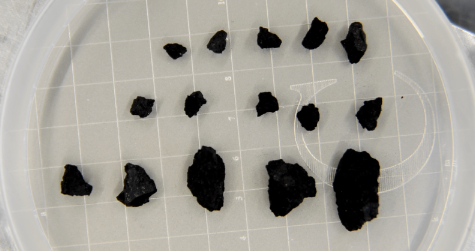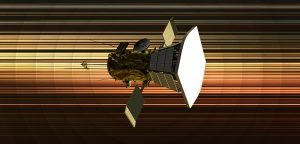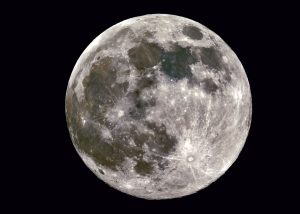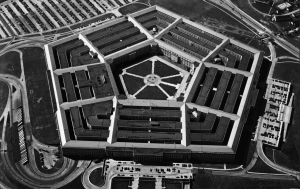Hayabusa2 Samples Point to Ancient Water
3rd Jan 2024
After its launch in December 2014, JAXA’s (Japan Aerospace Exploration Agency) Hayabusa2 spacecraft was assigned the six-year mission of intercepting the near-Earth asteroid known as 162173 Ryugu. The spacecraft accomplished its mission and reached the asteroid in June 2018. After 18 months of surveying, Hayabusa2 collected debris samples by shooting a pellet into the surface of the asteroid. Later, in December 2020, the samples were returned to Earth, in particular the Australian outback. Scientists are currently studying the samples to uncover insights into the formation and evolution of the universe.
In a recent study of the asteroid samples, scientists reported the existence of ancient water. Previous studies have suggested Ryugu is a carbonaceous chondrite, i.e., a carbon-rich asteroid also containing volatiles (such as water) and organics. In fact, according to a study that also includes contributions from Dr. Sarah Crowther of the University of Manchester, whom we had the privilege of interviewing, the nitrogen and noble gases in the sample document its volatile sources and surface evolution.
That said, although most elements are distributed in a similar pattern across Ryugu and other similar asteroids, researchers previously discovered that the distribution of chromium within the samples does not follow the same pattern. In other words, Ryugu displays a more diverse concentration of this particular element across its surface.
Studying the Chromium Isotopes in Ryugu’s Samples: An Insight Into Unlocking the Asteroid’s History
To unravel this mystery, a team spearheaded by Tetsuya Yokoyama from the Tokyo Institute of Technology focused on the chromium present in Ryugu. They assessed the ratio of chromium-54 to chromium-52 in the Ryugu sample, as this isotopic ratio offers insights into the asteroid’s origins. Since chromium dissolves in water, the distribution of chromium within the asteroid was set by water-based chemistry long ago.
However, the current stable ratio observed in the dry conditions on modern-day Ryugu serves as a preserved record of past water exposure, allowing researchers to discover its history.
To compare, the scientists observed another ratio of titanium-50 to titanium-47, and while the ratios displayed minimal variance, chromium isotope ratios differed by almost a factor of two.
Ryugu’s Sample Offers Insights into the Potential Role of Carbonaceous Chondrites in the Earth’s Water History
Carbonaceous chondrites are challenging to study on Earth since they rarely survive a meteorite’s journey to the Earth’s surface. The sample return from Ryugu offers a pristine look into this rock type. There is even speculation that these water-rich asteroids may have played a role in delivering water to the early forms of Earth.
How chromium isotopes differ across the Ryugu asteroid’s surface indicates interactions with water at millimeter scales throughout the first million years of the solar system. This water-based chemistry likely happened while Ryugu was still connected to a parent body. The remaining debris lost its water after the parent body was broken apart. Apart from the impact, the water loss also might have been caused by gradual erosion due to space weathering. Currently, the debris pile seems to be completely dry, at least on its outer surface.
In December 2020, following the success of the mission to target asteroid 162173 Ryugu, JAXA engineers announced plans to utilize the leftover xenon propellant to facilitate a fly-by of the asteroid named 2002 CC21 in July 2026. Following that, later in 2031, Hayabusa2 is scheduled to perform a flyby of the asteroid 1998 KY26, which is roughly the size of a small school bus and has a nearly spherical shape with a diameter of 30 meters.







Thank you for your comment! It will be visible on the site after moderation.